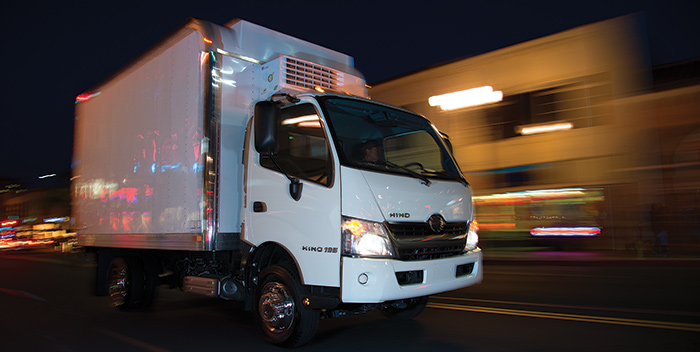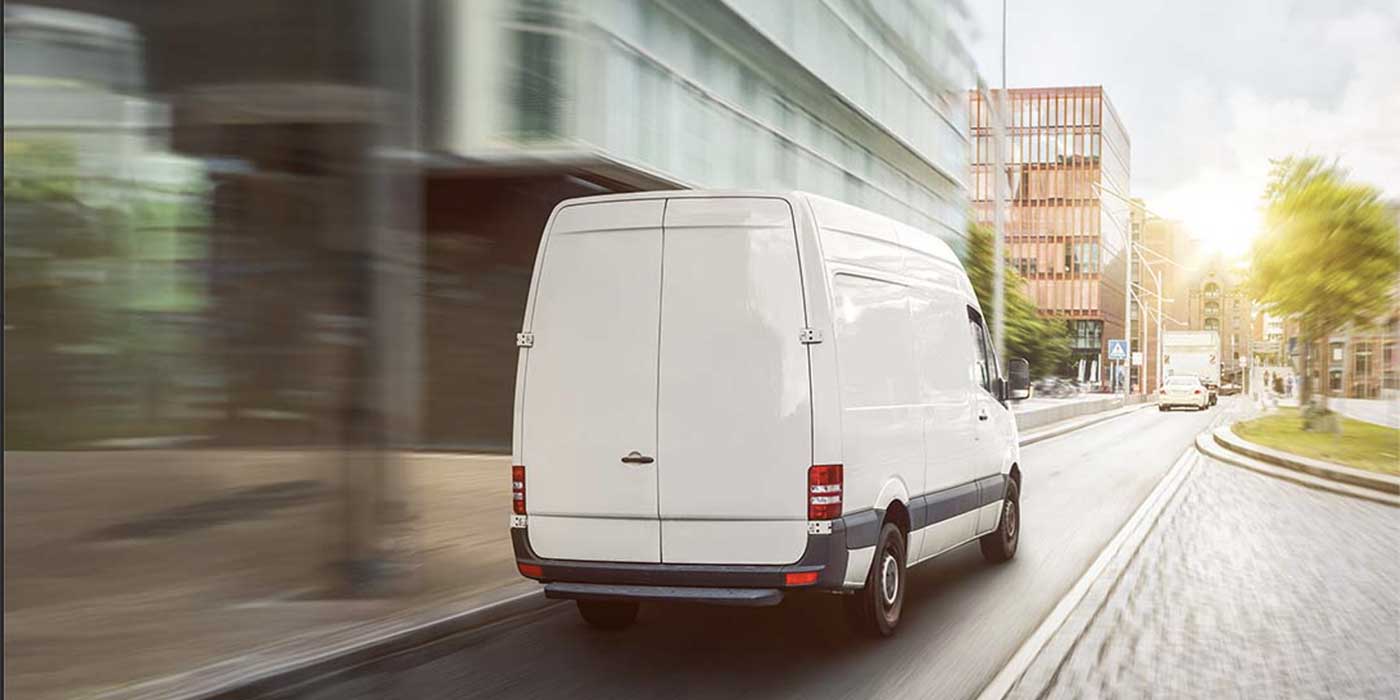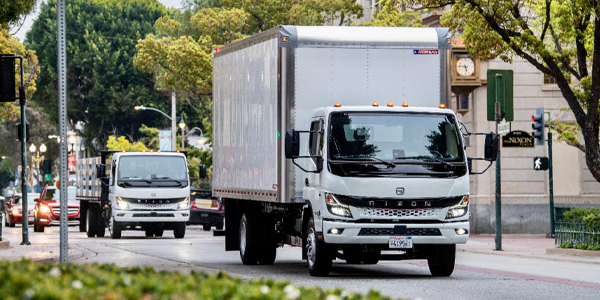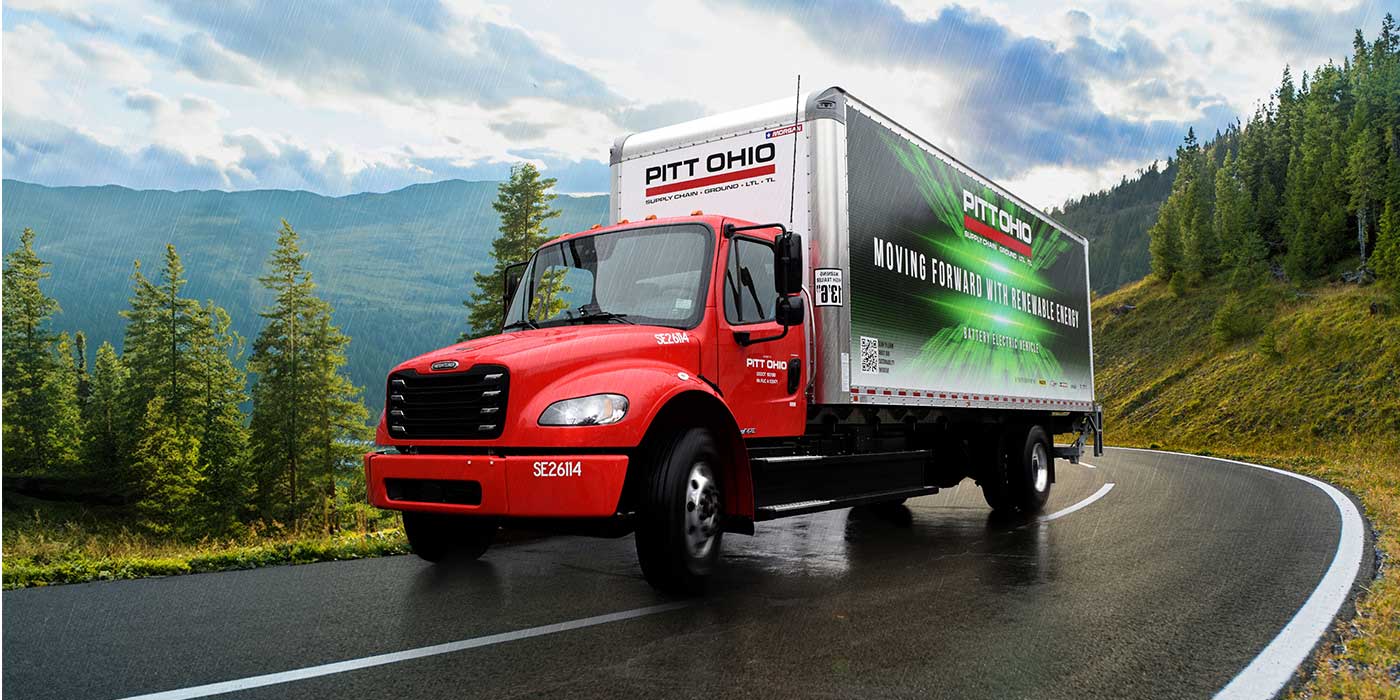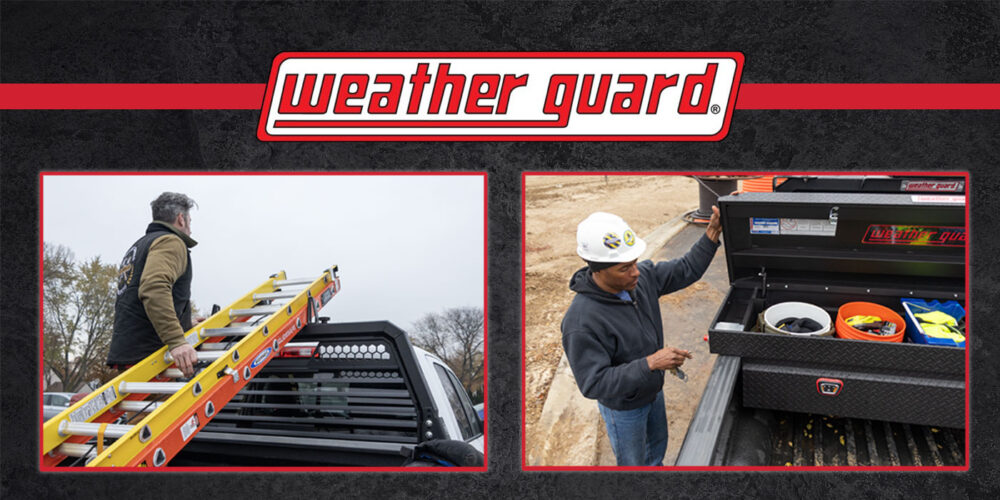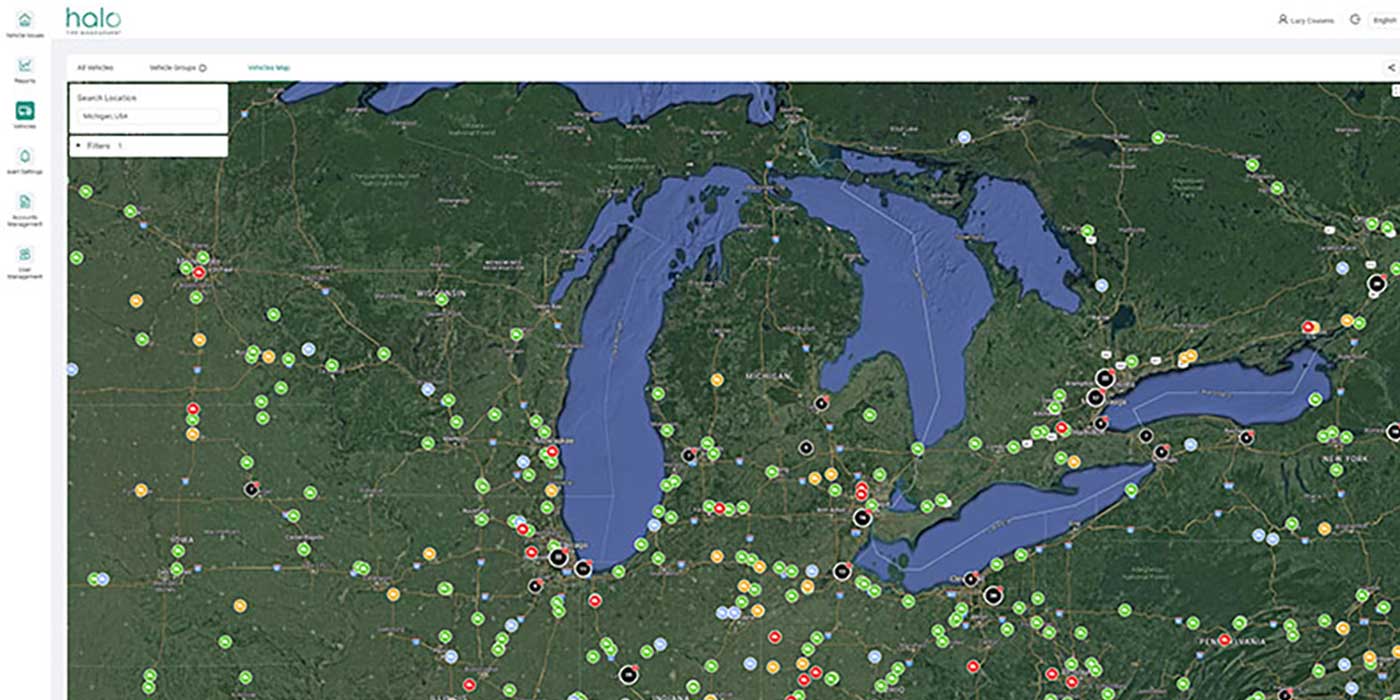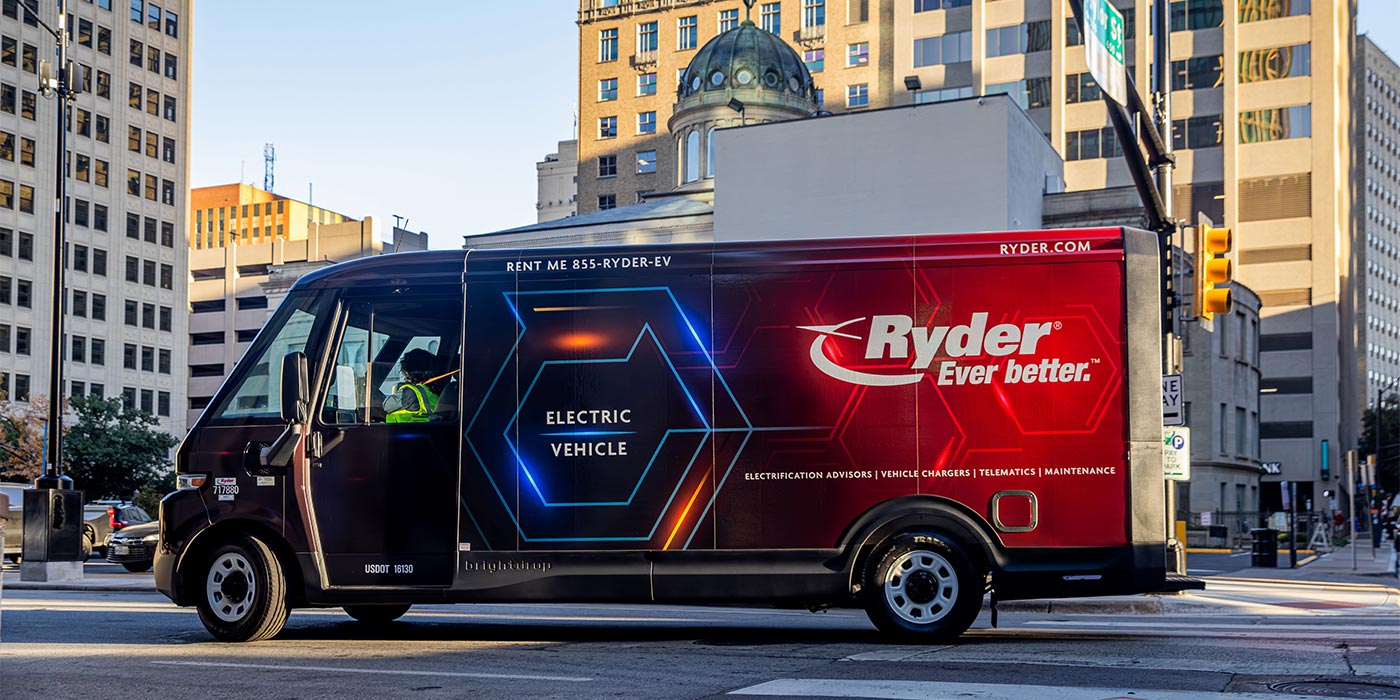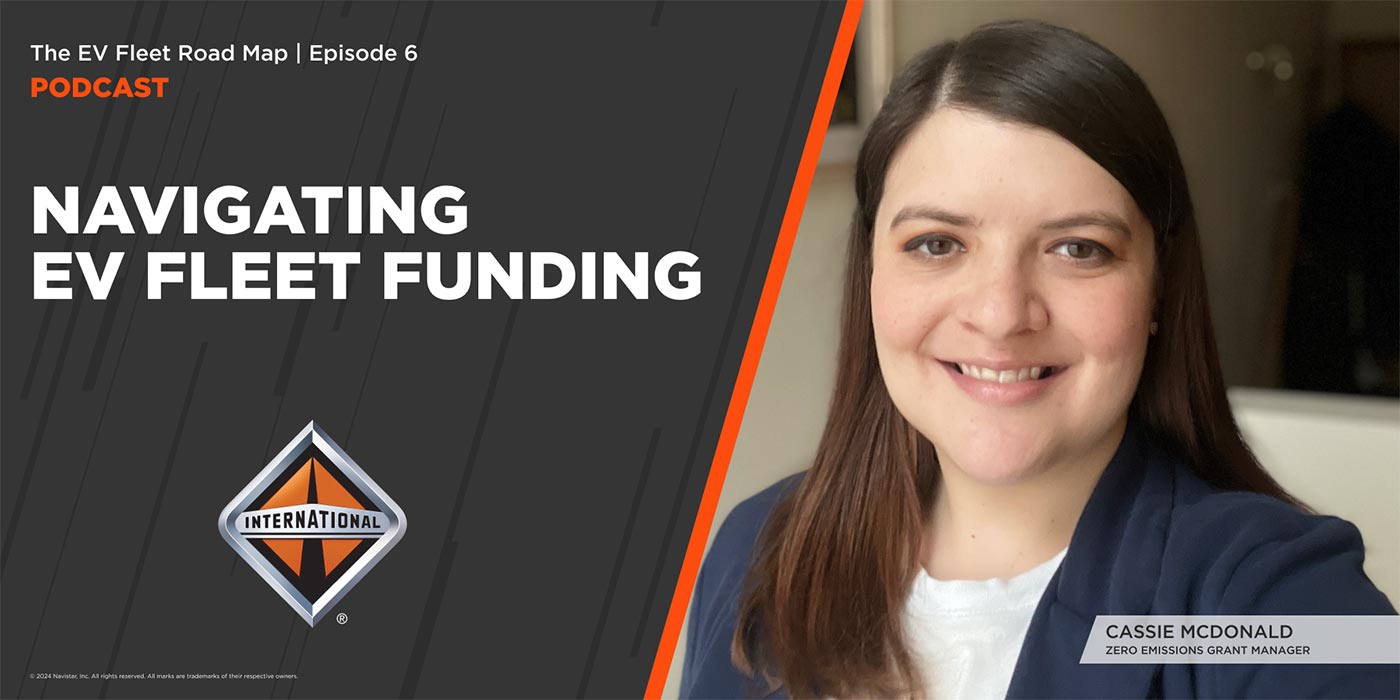The U.S. Environmental Protection Agency (EPA) and the National Highway Traffic Safety Administration (NHTSA) have finally issued the long-awaited second round of emissions and fuel efficiency standards for medium- and heavy-duty vehicles. The Phase 2 standards, which follow the Phase 1 standards that go into effect in 2017, have increasingly stringent requirements that will be implemented in three stages through 2027.
While much of the focus on the Phase 2 standards has been on heavy-duty, on-highway commercial vehicles, the new standards actually apply to all Class 2 through 8 trucks, including vocational vehicles and ¾-ton and 1-ton pickup trucks and vans.
What EPA and NHTSA refer to as “heavy-duty” incorporates vehicles with a gross vehicle weight rating of 8,500 lbs. or greater and the engines that power them. Exceptions to the rule cover medium-duty passenger vehicles already covered by greenhouse gas standards and corporate average fuel economy standards for light-duty model year 2017-2025 vehicles.
Noting that vocational vehicles, including a wide variety of trucks, represent about 17% of total medium- and heavy-duty fuel consumption, the new emissions and fuel consumption standards for these vehicles start in model year 2021, increase in stringency in model year 2024 and are fully phased in by 2027. The new vocational vehicle standards are differentiated by using vehicle weights and driving cycles, and chassis application-specific regulations to achieve up to a 24% reduction in emissions and fuel consumption relative to Phase 1.
For heavy-duty pickup trucks and vans, which the agencies say represent about 23% of the fuel consumption and emissions from the heavy- and medium-duty vehicle sectors, the new standards apply in largely the same manner as the Phase 1 standards did. Under this approach, all manufacturers have to meet the same standards, but average emissions and fuel consumption rates applicable to each manufacturer depend on sales mix, with higher capacity vehicles (payload and towing) having less stringent targets.
The standards for this segment take the form of a set of target standard curves, based on a “work factor” that combines a vehicle’s payload, towing capabilities, and whether or not it has four-wheel drive. The standards become about 2.5% more stringent every year from model years 2021 to 2027, with fully phased in reductions in emissions and fuel consumption of about 16% over Phase 1.
Overall, EPA and NHTSA project that the vocational vehicle standards could be met through improvements in the engine, transmission and driveline, lower rolling resistance tires, workday idle reduction technologies, weight reduction, and some application of new technology. Newer technologies are not mandated, but manufacturers may choose to use them to meet the standard.
“We believe most manufacturers will choose to meet the performance standards through increased use of the same technologies already being used to meet the 2014-2018 standards,” the agencies noted. “Under Phase 2, we also expect newer, advanced technologies such as engine stop start and powertrain hybridization will become available in this segment of the market.”
For all vehicle sizes, the Phase 2 program promotes technology-advancing standards that are designed to substantially reduce emissions and fuel consumption, and to allow manufacturers to meet them over time through a mix of different technologies. The agencies say the Phase 2 standards will create a new generation of more fuel-efficient trucks and are expected to lower emissions by approximately 1.1 billion metric tons and save about $170 billion in fuel costs.
EPA and NHTSA also note that while the Phase 2 standards are ambitious, they are also achievable and flexible. Based on technologies both currently available and emerging, the agencies said, the performance-based standards provide multiple technological pathways to compliance and were developed after a comprehensive assessment of advanced technologies. Additionally, the phase-in and incremental increases in stringency in the standards were designed to provide the industry with time to ensure products are reliable and durable.
The Phase 2 program promotes a new generation of cleaner, more fuel-efficient trucks by encouraging the development and deployment of new and advanced technologies, something light- and medium-duty fleets can expect to see in the coming years.

